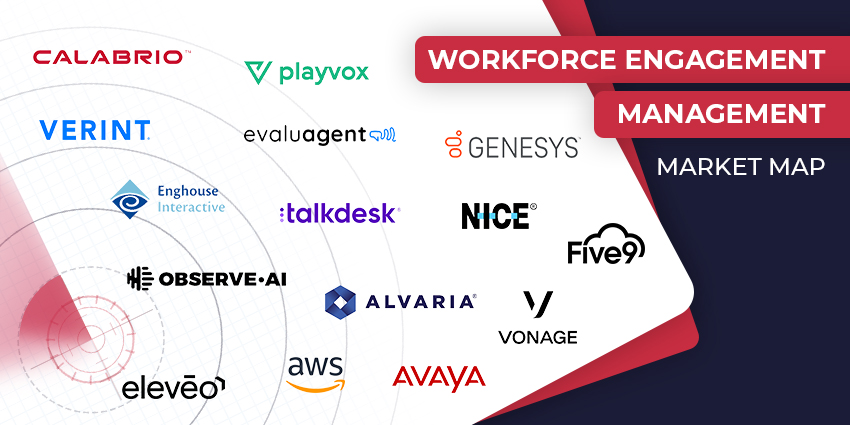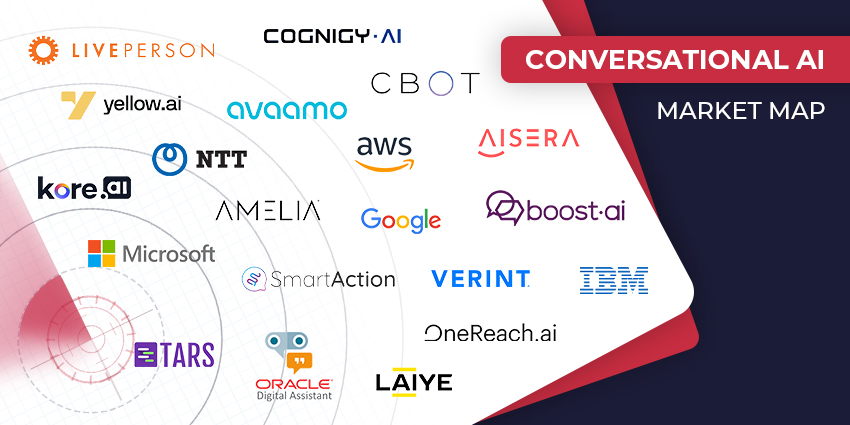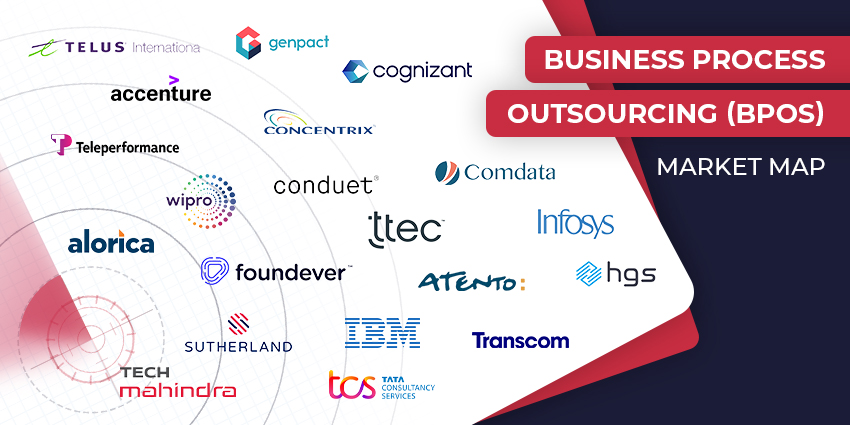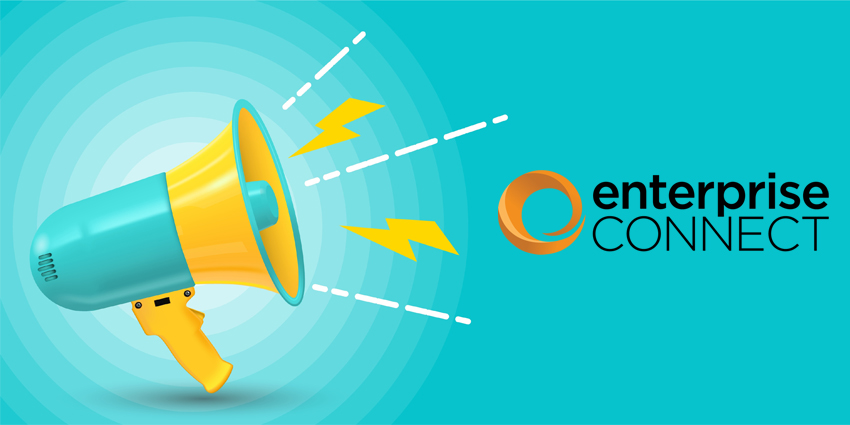Keeping teams as productive, efficient, and engaged as possible has always been a key focus for any business leader. After all, if your employees aren’t performing at their best, you can’t hope to achieve your targets when it comes to customer experience and business results.
However, as the workplace has grown more complex, with new trends like hybrid and remote work transforming the way companies run, making the most of modern teams has become more challenging. Fortunately, the right technology could be the answer.
Workforce Optimisation tools, combining everything from scheduling technology to in-depth analytics and gamification, could be the perfect tool for ensuring teams continue to thrive in any environment. The biggest challenge is finding a WFO vendor you can trust to empower your team. Here are some top tips to get you on the right track.
Step 1: Understand Your Workforce
Before you can start optimising the workforce, you’ll need a clear understanding of the teams you’re going to be working with. WFO tools been an important staple in the CX landscape for a number of years now, even before the rise of hybrid and remote work. Companies with traditional in-office teams can still use these solutions to track the results of their internal employees, and make sure everyone stays on the same page.
However, if you have a more diverse workforce, full of different kinds of “employee personas”, you might need a specific selection of tools. For instance, you may want your WFO solution to come with in-built time-tracking technology, so you can get an idea of how your staff members are using their work hours when they’re not in the office.
If you’re expanding your staff with new employees from around the world, you’ll need a service available in multiple languages, so team members everywhere can access the same benefits without having to worry about translation issues. You may also need to think about how data within your WFO system is stored in different parts of the world, to comply with data sovereignty requirements.
Step 2: Align with Your Existing CX Technology
Once you have a clear view of the employees, you’re going to be managing with your new WFO tools, the next step is assessing your existing technology environment. If you already have a wide selection of tools your team members rely on each day, like CCaaS technology and service desk software, it’s important to look for easy integration.
Some WFO vendors offer their technology as part of an entire CCaaS solution, which may not be ideal if you’re already equipped with the contact centre you need. Others can provide stand-alone technology with the flexible ability to connect to a wide range of other systems. The right vendor for you will allow you to maintain the existing tech investments you already have, while leveraging new benefits for workforce engagement.
If you have unique technology or proprietary apps you need to link into your WFO tools for better business insights, you may need to look into vendors with APIs, SDKs, and other ways to help you create your custom technology stack.
Step 3: Explore Feature Sets
As WFO tools become a more crucial part of the workplace, we’re seeing a lot of overlap between the feature sets offered by different vendors. Most of the top providers will offer comprehensive tools where you can track a range of different metrics and insights, from which tools your teams use most often, to how quickly they deliver resolutions to customers.
However, the more time you spend comparing offers on the market, the more you may begin to notice specialist features and tools offered by certain vendors. For instance, some companies will combine WFO and WFM technology into one toolkit. This makes it easier to track valuable information about your employees, and schedule your teams more effectively in the same place.
You can even find WFO vendors who offer in-built training systems and gamification tools, for educating and engaging your staff. Take some time to explore some of the offerings from top vendors on the market today and make a list of the must-have features most likely to benefit your staff, such as omnichannel conversation tracking, quality management features, and speech analytics.
Step 4: Prioritize User Experience
User experience is one of the most important factors to consider when bringing any new technology into your business. Even the best tools for empowering your workforce won’t have the right impact if your employees aren’t using them. With this in mind, think about how simple and intuitive the environment is for your supervisors and staff.
Can you create custom dashboards for individual employees, to help them track their performance, and determine how well they’re doing compared to their colleagues? How easy is it for staff members to request changes to schedules, or access crucial knowledgebase information when they need it?
Innovative vendors may also offer a range of more disruptive tools to empower your workforce, like bots and AI assistants to help guide teams towards better outcomes, or automation workflows.
It’s also worth looking at the customer experience offered by the vendor. How do they help to ensure you’re getting the most out of your new investment? Can they assist you with tasks like onboarding and training your team members, or discovering how to create custom reports?
Step 5: Don’t Overlook Security and Compliance
The last step in successfully choosing the right WFO vendor, is thinking about your security and compliance needs. It’s worth remembering the biggest benefits of most workforce engagement tools come from your ability to collect and understand valuable data. However, the information collected about your employees and customers is sensitive, and needs to be protected.
When looking for a vendor you can trust, make sure the right tools are implemented for data protection. You should be able to have full control over where data is collected and stored in your ecosystem. It’s also a good idea to look into things like end-to-end encryption, and access management, so you can decide exactly which members of your teams can access certain information.
A good WFO vendor will be able to put your mind at rest when it comes to compliance and security, and give you the tools you need for protecting everything from recordings to statistics. Don’t underestimate the importance of keeping your data defended.







